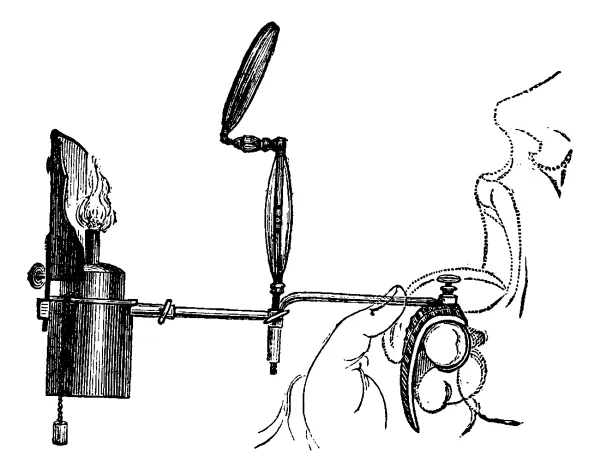Get Acclimated With This Second Round of 2019 Guideline Updates

Catch up on changes to malignancy coding, drug use in pregnancy, and more. New coders often learn the hard way that the annual updates to each of the coding manuals can prove both challenging and time-consuming to incorporate into their coding repertoire. However, one essential area that even some of the most experienced coders neglect is the plethora of annual updates to the ICD-10-CM guidelines. That’s where we come into play. We’ve sifted through the influx of new, revised, and deleted guidelines and chosen sets of guidelines that pertain most to the otolaryngology specialty. Have a look at this next round of ICD-10-CM guideline changes to keep yourself fully prepared for whatever coding scenarios happen to come your way. Distinguish Between Codes for Hx of Primary, Secondary Malignancy In the past, you may have struggled to report the proper code for a patient’s history of primary and secondary malignancies. In Chapter 2 of Section 1.C of the 2019 ICD-10-CM guidelines, ICD-10-CM incorporates an extra note explaining which codes you should use depending on whether the provider documents the history of malignancy as primary or secondary: As you can see, you’ve now got a clear-cut set of instructions to utilize depending on the patient’s history of malignancy is primary or secondary. For instance, if the patient has a history of a primary lung malignancy, you will report code Z85.118 (Personal history of other malignant neoplasm of bronchus and lung). However, if the patient has a history of secondary lung malignancy, you will report code Z85.89 (Personal history of malignant neoplasm of other organs and systems) for lack of a more specific option. Coder’s note: “It’s always best to query if you can’t determine primary versus secondary,” advises Lindsay Della Vella, COC, medical coding auditor at Precision Healthcare Management in Media, Pennsylvania. “With diagnoses like cancer and stroke, among other major diseases, a coding error can cause a plethora of unintended problems for the practice as well as the patient,” advises Della Vella. As Della Vella describes, coding scenarios involving history of malignancy can be tricky due to the lack of proper documentation. And, while one of the golden rules of coding is to “never assume,” you should feel comfortable making an exception in certain situations. For example, if the provider documents a “history of lung cancer,” you may report the lung cancer as primary unless further documentation specifies otherwise. However, if the provider documents “history of lung and bone cancer,” it would be in your best interest to query the provider to determine whether one, or both, of the diagnoses were primary malignancies. Stay on Top of New Drug Use Complicating Pregnancy Guidelines You’ll want to consider the next guideline for patient encounters that involve drug use and pregnancy. While these diagnoses are not typical in the specialty of otolaryngology, the circumstances of a pregnancy should still be reported as secondary diagnoses: Here, you should report a code from category O99.32 (Drug use complicating pregnancy, childbirth, and the puerperium) during any instance where a patient encounter involves pregnancy with illicit substance use. For any manifestations of the drug use (ENT or other), you should report a code from one of the F categories listed above. Take Note of Any Patient Encounters Involving Underdosing Finally, there are new instructions for coders to consider in “underdosing” scenarios where patients take less than the physician’s prescribed dosage” Underdosing, as the ICD-10-CM describes, involves either taking less than the prescribed dosage of a medication, or not taking the medication at all. If a patient follow-up encounter, for example, reveals that the patient is not taking the amoxicillin (systemic antibiotic) prescribed at the previous visit, you should report code T36.8X6A (Underdosing of other systemic antibiotics, initial encounter).




